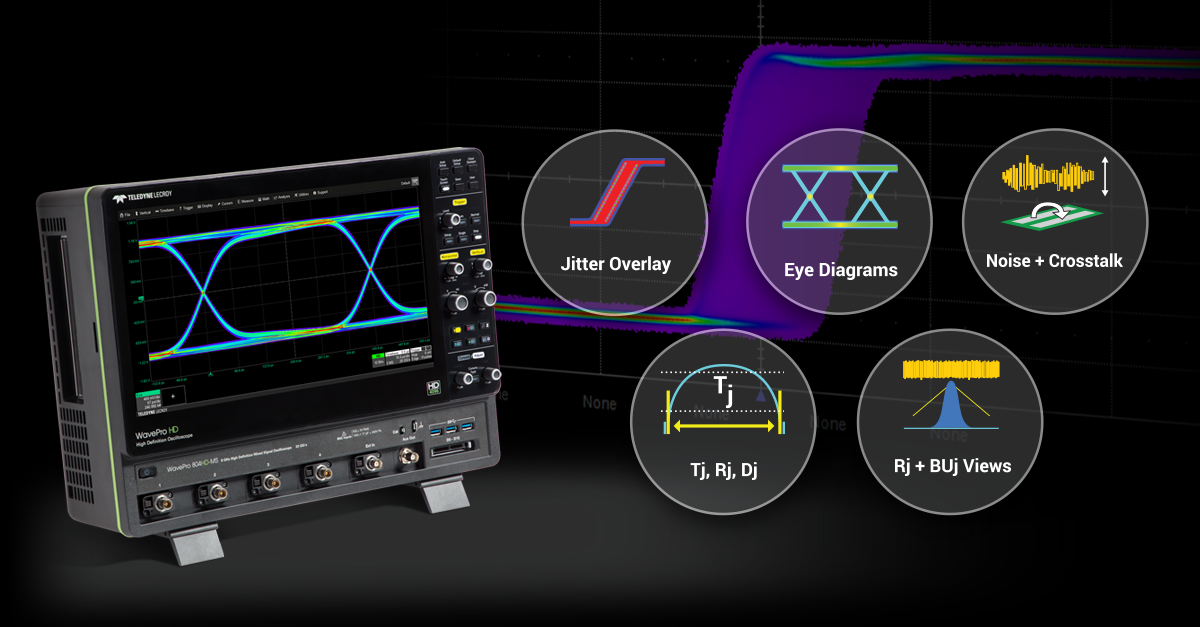
Jitter University Webinar Series
Confused about jitter? Did someone’s explanation of jitter create more questions than answers? If so, join Teledyne LeCroy as we teach everything about jitter – what jitter is, different categories, instruments used, measurements and views, deconvolution and extrapolation, and more.
Part 1: Introduction to Jitter
In this session we provide basic jitter definitions and categories, describe the types of instruments historically and currently used to measure jitter, and jitter measurement instrument strengths and weaknesses. Watch Now
Part 2: Learning About Jitter on the Edge
In this session we illustrate examples of measuring jitter using acquisitions comprised of one or two edges. Various measurement techniques are described with their historical antecedents. Instrument impact on jitter measurement accuracy is also discussed. Watch Now
Part 3: Taking the Long View of Jitter
In this session we leverage the use of modern digital oscilloscopes to make more jitter measurements faster and more accurately. We will also calculate statistics, view histograms on data sets, and view how jitter changes with time or frequency to better understand underlying jitter pathologies.
Watch Now
Part 4: Practical Jitter Debug and Measurement Examples
In this session we introduce spectral analysis of jitter as a debug tool, and provide other practical examples of using statistical and time domain analysis tools in the oscilloscope to uncover the root cause of jitter problems. Watch Now
Part 5: Fundamentals of Serial Data Jitter Measurements
In this session we focus on the details of the time interval error (TIE) measurement that is the foundation for extrapolated jitter calculations on non-return to zero (NRZ) serial data signals. We describe a typical serial data link, and provide foundational knowledge about the impact that link has on jitter measurement and extrapolation methodologies. Watch Now
Part 6: Serial Data Jitter Separation, Extrapolation, and Jitter Views
In this session we describe what total jitter at a given bit error rate (Tj@BER) is and how it is derived from time interval error (TIE) measurements using extrapolation models. Random jitter (Rj) and deterministic (Dj) separation is explained, with further explanation of Dj separation into data dependent jitter (DDj), duty cycle distortion (DCD), intersymbol interference (ISI), bounded uncorrelated jitter (BUj) and periodic jitter (Pj), with examples provided. Watch Now
Part 7: Advanced Course on Serial Data Jitter Measurements
In this session we dive deeper into the various measured and extrapolated jitter views, explain statistical and time-varying views of jitter in serial data link margins as viewed with an eye diagram. Watch Now